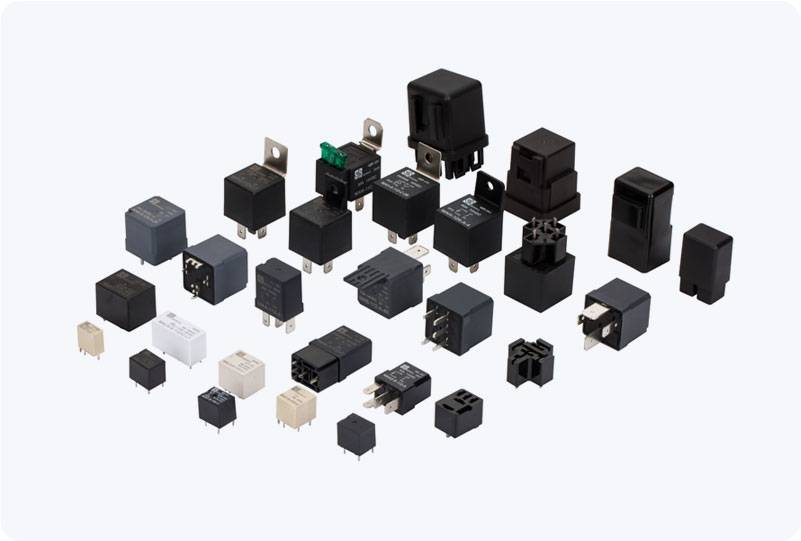Solid State Relays (SSR) are an innovative and advanced solution for controlling electrical devices without the need for mechanical parts. Unlike traditional electromechanical relays (EMRs), SSRs use solid-state electronic components to perform switching tasks, offering significant advantages in terms of reliability, speed, and lifespan. In this article, we will explore the functionality, advantages, disadvantages, and typical applications of Solid State Relays.

What is a Solid State Relay (SSR)? A Solid State Relay is an electronic switching device that allows one circuit to control another without the mechanical components found in traditional relays. The SSR operates by using semiconductor devices such as Triacs, Thyristors, and MOSFETs, in place of electromechanical contacts. These semiconductor devices are controlled by an input signal, which is used to trigger a solid-state switch to open or close a circuit. The working principle of an SSR is simple yet efficient: when a control voltage is applied, a light-emitting diode (LED) in the SSR activates a photodiode or an optocoupler that, in turn, triggers the semiconductor to switch the output circuit on or off. This eliminates the need for physical moving parts, making the SSR a much more reliable option compared to traditional mechanical relays.
Leave a Reply